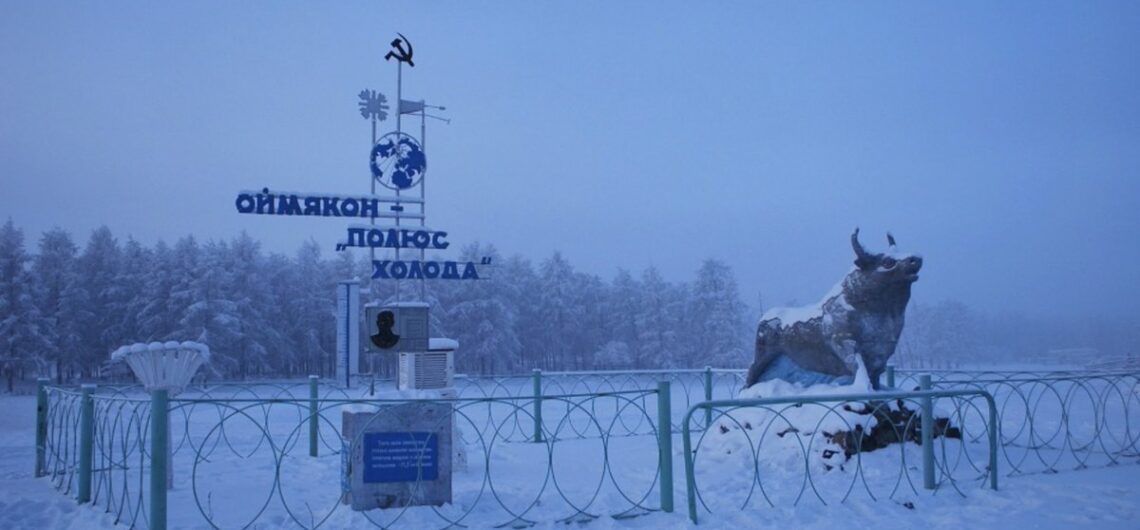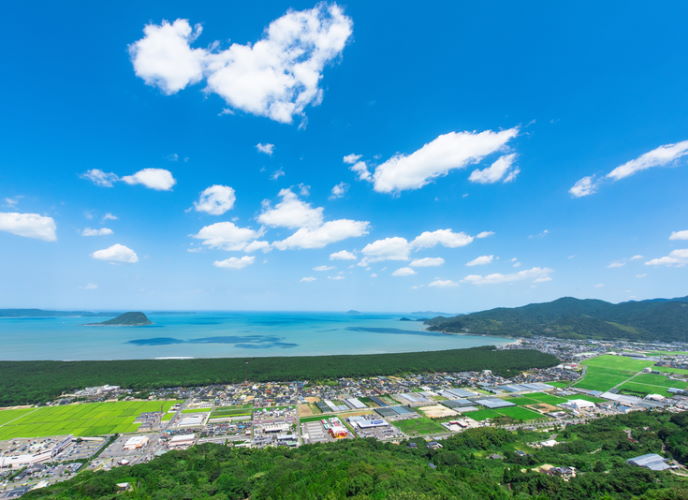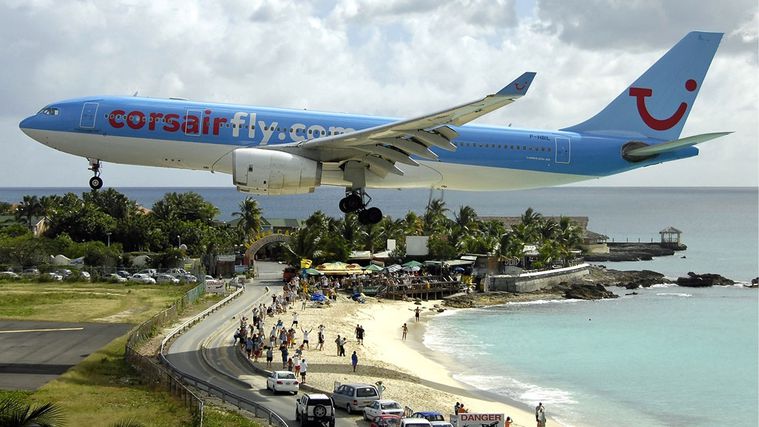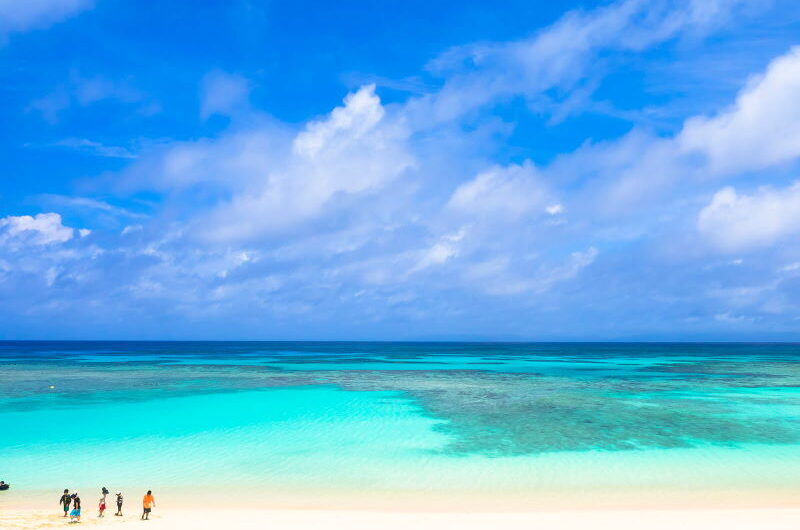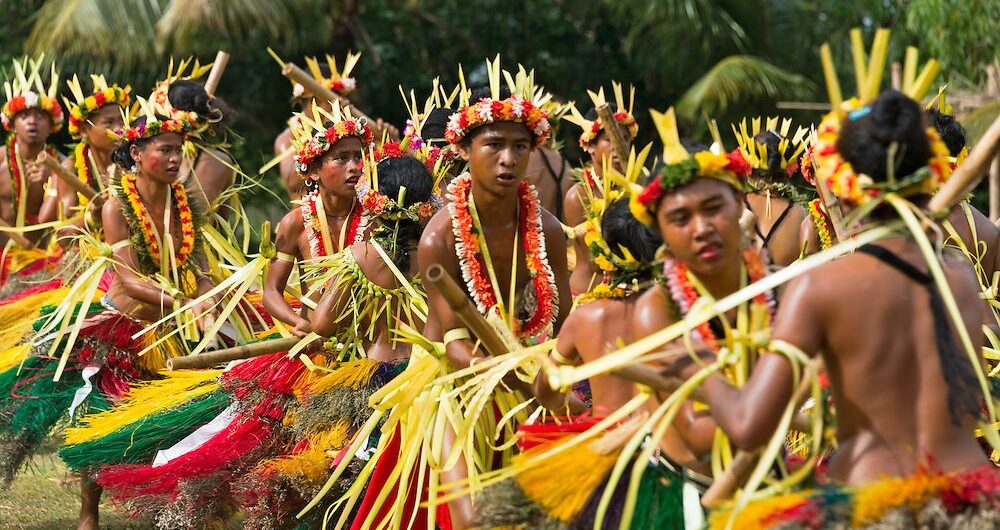Georgia Private Tour
格魯吉亞小包團 ,一個你可能未聽過嘅旅遊選擇。但係我可以保證,你去咗之後一定會愛上呢個國家嘅美麗同埋多元。今次我就同大家分享一下我嘅格魯吉亞之旅,希望可以啟發你哋嘅旅遊靈感。
Georgia is a country located at the intersection of Europe and Asia, with a rich history and culture. Its capital is Tbilisi, a vibrant and modern city. Our small group tour starts from Tbilisi and visits many famous attractions along the way, such as:



